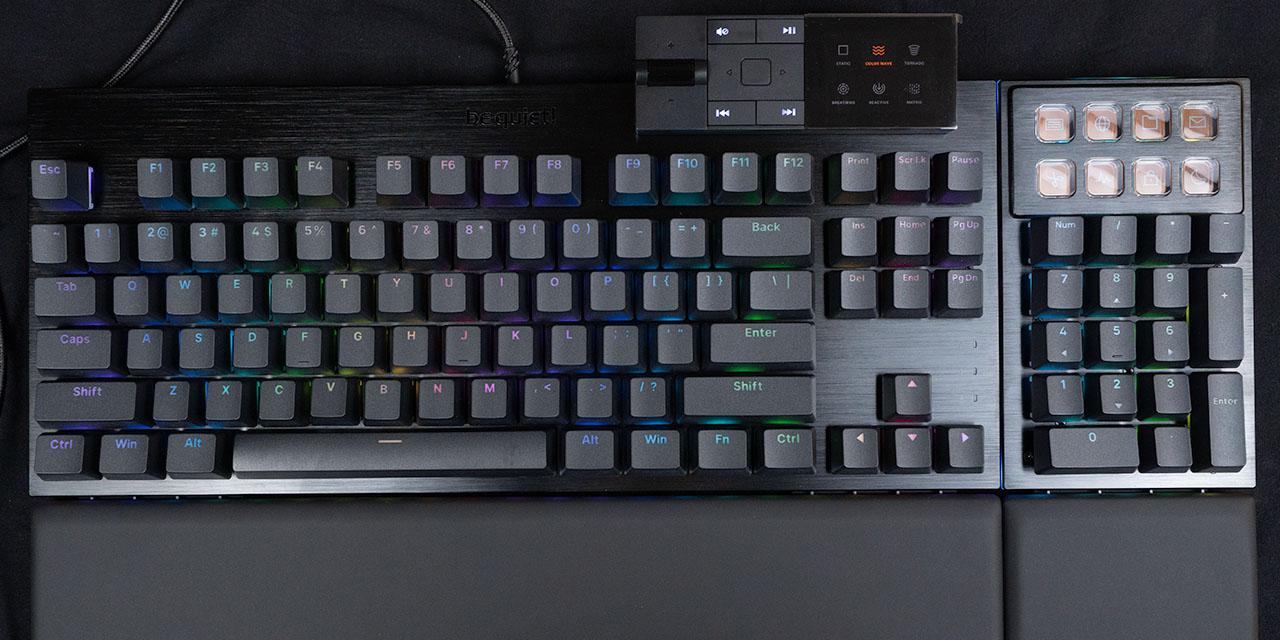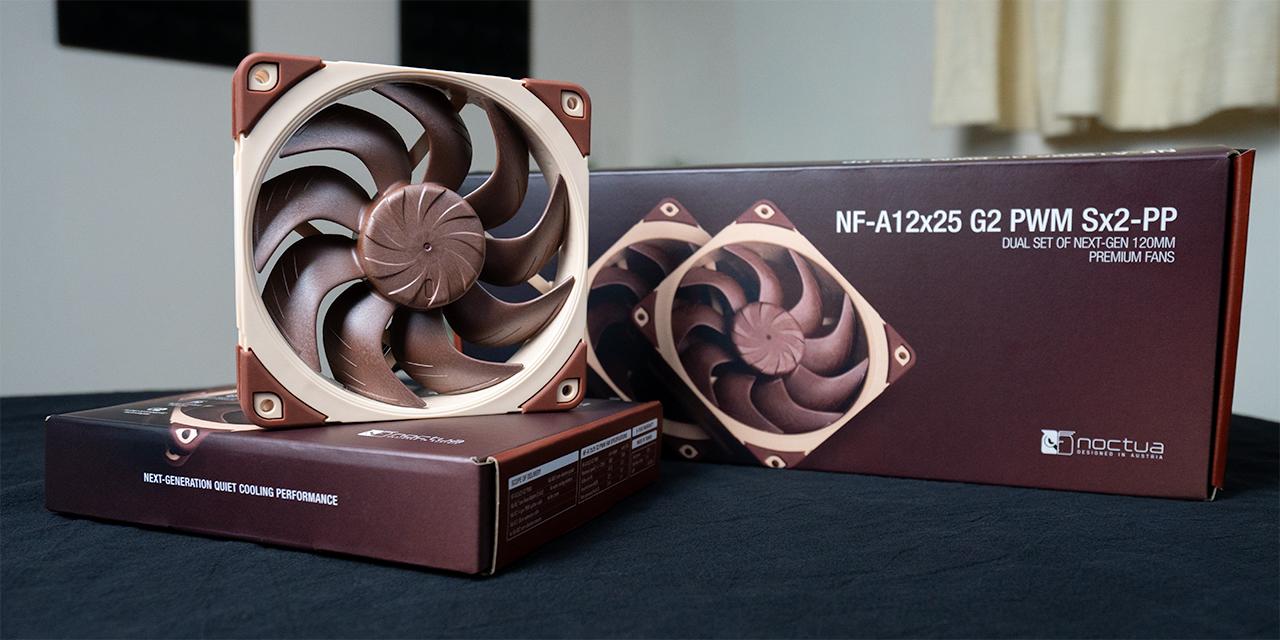Page 2 - A Closer Look - Hardware and Software

The Cooler Master MasterHUB is modular, but everything attaches to the base module. This black plastic slab is uninteresting, as it acts like a motherboard to connect everything together. However, there are some notable things to point out. For one, there are many indentations with pogo pins in various places. This is how all the modules connect and interact together. The grid and array of pins may seem a bit random, but I can assure you this will accept any permutation of modules, regardless of vertical or horizontal orientation. There are many plastic pegs to help with aligning and keeping modules in place. A large Cooler Master logo outline is in the middle to keep to the brand identity. The edges have the product name engraved into them.
In one corner, there is a vertical and horizontal guide, which shows the two ways to orient the MasterHUB. The base is compact with dimensions of 190mm long, 126.5mm wide, and 16.5mm thick. The base on its own weighs 316.6g.

On the other side of the base, there is a large label in the middle with product information, including the name, serial number, and other power information. On two edges, there is a long indentation where you can put the rubberized wedge and slightly incline the product up. Given the fact it sits on a tabletop, it would have been nice to see a taller wedge for an upright position. Around the edge, there are a total of four USB Type-C ports. There are a pair on two of the edges and for use in either orientation. One is marked with "DisplayPort", presumably for display passthrough, although it is not clear how it will be used.

All the modules are similar in design. They have a glossy curved border with all the buttons, dials, knobs, and sliders in the middle. From the top, there are five faders that are individually adjustable. Underneath each slider, there are addressable RGB LEDs that illuminate as you move the slider up. The handle on each slider is metal, while the sliding action is both smooth but resistant to accidental movement. Next, we have a grid of fifteen plastic buttons. Each button has a small screen behind it to display a 480x272 image. This is useful for differentiating different actions and moving them around as you see fit. The last module included with the base kit is the set of two rollers. These occupy a single row and each of the rollers is metal. They have a tactile notched feel that allows for stepped movement.
The other two modules are add-ons from the base kit. The one on the left is a set of three knobs. Each of the knobs has addressable RGB LED lighting underneath, are metal, and offer a nice turning feel. They also press down with a click as an action. Finally, we have an encoder module, which is one large knob with an IPS LCD screen in the middle. The knob moves in a very tactile feel, showing each notch as it rotates. The screen in the middle can display a 240x240 resolution image. Users can also press the screen down as another action.

The photo above shows an example configuration with everything assembled. Each module has internal magnets that hold securely to the base. On the back of all these modules, there is one set of four pogo pads and inserts for the pegs on the base. The pogo pins align and provide power and data. Meanwhile, the additional pegs ensure the modules have another anchor point and do not accidentally move about. In its base configuration, the faders take the spot of where I have the encoder and three knobs. It would have been nice to see a slightly larger board to fit everything, but it just means the user will have to be more selective of their inputs. One neat party trick is that these modules can be hot swapped, even when the MasterHUB is powered, as the system and software will update based on the changes.

Once plugged in, the addressable RGB LED lights immediately turned on to show off the flashiness. I do appreciate all the use of IPS panels, which make the buttons and the encoder knob visible from even extreme angles. The glossy buttons do show fingerprints, but the bright screens mean these markings are not noticeable when the device is on. I ended up using my own phone stand to place this hub more upright, as the included one was way too flat for me to see the buttons while seated. In day-to-day use, all the actions worked as I expected, but only if the software utility is running. Upon application close, the hardware will go into a continuous loading loop and wait for the utility to launch again. This is a bit disappointing, and they should have built some memory into the base and modules to remember the configured actions.

The Cooler Master MasterHUB uses the MasterHUB software, rather than integrating with either their MasterPlus+ or MasterCTRL utilities. On the main menu, there are two side menus to set up the hardware. First, the lighting tab is where you can change the lights that are on or around the modules. This includes the rings around the three knobs, lights under the five faders, and the edge of the base plate. There are static and dynamic effects to choose from, as well as multiple color options. You can change them individually or as a whole unit.
"Feature" is the name of the second tab. This is where the bulk of the changes occur for setting corresponding actions to a button, knob, wheel, or slider. Depending on the selected input, the right side of the menu changes to show applicable options. As for application support, we have actions for MasterHUB, system changes, MasterCTRL, and third-party software like OBS Studio, Twitch, Streamlabs, and three Adobe Creative Cloud Suite software in Photoshop, Illustrator, and Premiere Pro. These are not necessarily direct integrations, but rather macros of commonly used shortcuts. You can also create these macros and assign them. Unfortunately, it does not have the applications I use for my workflow, such as Audacity or DaVinci Resolve. For gaming purposes, I would also want to see some games listed and supported here.
As for what is present, the System sub-menu reveals a lot more shortcuts that are common, such as launching applications or loading websites. One gripe with this is that it does not automatically use the icon image as the button. Instead, you will have to manually import an image, which is what I had to do for Genshin Impact and Steam. It is a nitpick, but this would streamline the setup process.
The final menu is under the small cogwheel near the Minimize button on the top bar and is where you can update the software and firmware. I found this process buggy, as it would often time out and not find available updates. I also found some general usability issues. The worst one occurred when launching the utility, as it would wipe all my changes, and I would have to re-create my profile and shortcuts. I ended up exporting these settings to a local file to work around this issue, but MasterHUB should have some automatic persistent memory. Altogether, the application shows the product is a work in progress.
Page Index
1. Introduction, Packaging, Specifications
2. A Closer Look - Hardware and Software
3. Conclusion





